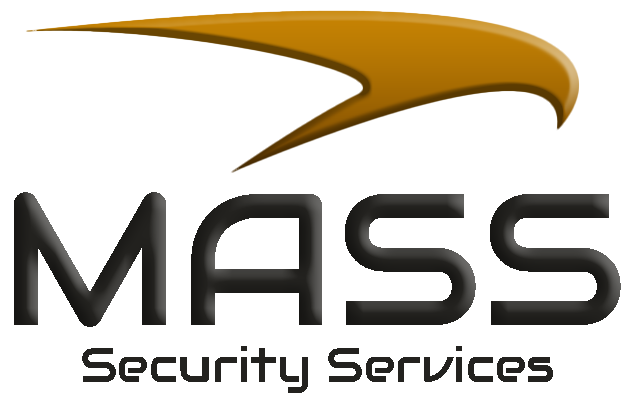If you or a loved one is ready to overcome an alcohol addiction, reach out today. Treatment providers can connect you with programs that provide the tools to help you get and stay sober. Overall, sober living homes are a great choice for anyone who is serious about overcoming addiction – the more struggles you’ve had getting and staying clean, the more you may benefit from a Recovery Residence (RR). Many houses require residents to attend some sort of recovery, be it a 12-step program or outpatient counseling sessions. However, most Level 1 RRs don’t provide onsite recovery services, with the possible exception of an optional 12-step recovery meeting held weekly at the home. For many, the thought of returning home after addiction treatment can be daunting.

Halfway Home: Count on surprises, familiar faces in second half of NASCAR’s regular season
Something important to note is that Top 5 Advantages of Staying in a Sober Living House are not the same as halfway houses. While they are both residences designed to support folks in maintaining sobriety and transitioning back into society, there are some key differences. Clean and sober living homes are all about “peer support.” This stage of recovery is an effective aftercare remediation phase where people with similar trials (addiction) work together to hold one another accountable. The idea is that people with addiction can relate well with others who struggle from the same or similar alcohol dependence obstacles.

What is the Purpose of a Halfway House?

Sober living homes are realistic, cost-effective living environmentsr for people in recovery. First, if you’re recently leaving a rehab stay or have just wrapped up an outpatient program, a sober living facility may provide you with the structure you need. A sober living house is a peer-managed home designed to help people maintain sobriety.
How Long Do People Stay in Sober Living Homes?
Before entering a sober living environment, a person will most likely be tested to ensure they are alcohol and drug-free prior to entering the residence. Many sober living homes also require residents to pay weekly rent following a one-time move-in fee, according to Robilio. While at an SLH, residents may be able to resume other aspects of their lives before recovery, such as work or family obligations. Read on to learn more about https://thefremontdigest.com/top-5-advantages-of-staying-in-a-sober-living-house/, including how they function, whether one may be right for you or a loved one and how to find a reputable facility in your area. Despite the enormous need for housing among the offender population, SLHs have been largely overlooked as a housing option for them (Polcin, 2006c).
These measures were taken from the Important People Instrument (Zywiak, et al., 2002). The instrument allows participants to identify up to 12 important people in his or her network whom they have had contact with in the past six months. The drinking status of the social network was calculated by multiplying the amount of contact by the drinking pattern of each network member, averaged across the network. The same method is applied to obtain the drug status of the network member; the amount of contact is multiplied by the pattern of drug use and averaged across network members. An American Journal of Public Health study compared individuals who lived in a sober living home to those who only received outpatient treatment or attended self-help groups. A great way to find a sober living house in your area is first to explore your network.
- The facilities are usually pleasant and can include private rooms and bathrooms.
- Level IV employs an organizational hierarchy of credentialed staff and adds on clinical and administrative supervision.
- This measure was taken from Gerstein et al. (1994) and was defined as number of arrests over the past 6 months.
- Because a large number do not have a stable living environment that supports abstinence from alcohol and drugs, ORS developed SLHs where clients can live while they attend the outpatient program.
- This transition can provide continued support while residents learn to apply their newly learned self-reliant skills to real-life situations while they remain drug- or alcohol-free in a community environment.
- Our skilled and credentialed team at Gratitude Lodge work closely with every patient going through drug detox, facilitating the beginnings of a successful recovery at our rehab addiction centers in Orange County, CA.
- Some homes are highly structured, with strict schedules and consistent eating and meeting times.
After someone is housed, providers are then supposed to offer voluntary substance use and mental health treatment, job training, or other services. The idea is that if people don’t have to focus all their energy on simply surviving on the streets, they’re better equipped to work on their other issues. Sober living homes often have certain similarities, including the ability to come and go as you choose.
- Boost your chances of sustained sobriety by reaching out to Gratitude Lodge for sober living in California.
- A halfway house is commonly known as a type of recovery housing that helps people in incarceration transition from addiction treatment to a more independent, healthy lifestyle.
- Since the sober living home industry has been undergoing many changes, many people may not be aware of the options, and it can be difficult to find a quality sober living home if you don’t know where to look.
- Think of sober living as your support net as you practice new skills, gain new insight and shape your new life in recovery with other people who are possibly facing the same challenges.
- Our study design had characteristics that DeLeon, Inciardi and Martin (1995) suggested were critical to studies of residential recovery programs.
- Most residents enter the houses after residing in a short term homeless shelter located near the program.
Sober Living Homes and Halfway Houses
- However, sober living homes differ depending on the residents they accept and the rules they maintain.
- The opinions expressed are the author’s alone and have not been provided, approved or otherwise endorsed by our advertisers.
- However, some houses will allow other types of activities that can substitute for 12 step groups, provided they constitute a strategy for maintaining ongoing abstinence.
- Expansion of freestanding SLHs in communities might therefore ease the burden on overwhelmed treatment systems.
- However, most Level 1 RRs don’t provide onsite recovery services, with the possible exception of an optional 12-step recovery meeting held weekly at the home.
- Not all sober living homes are equal, so finding a place that an acquaintance has recommended could be helpful.

